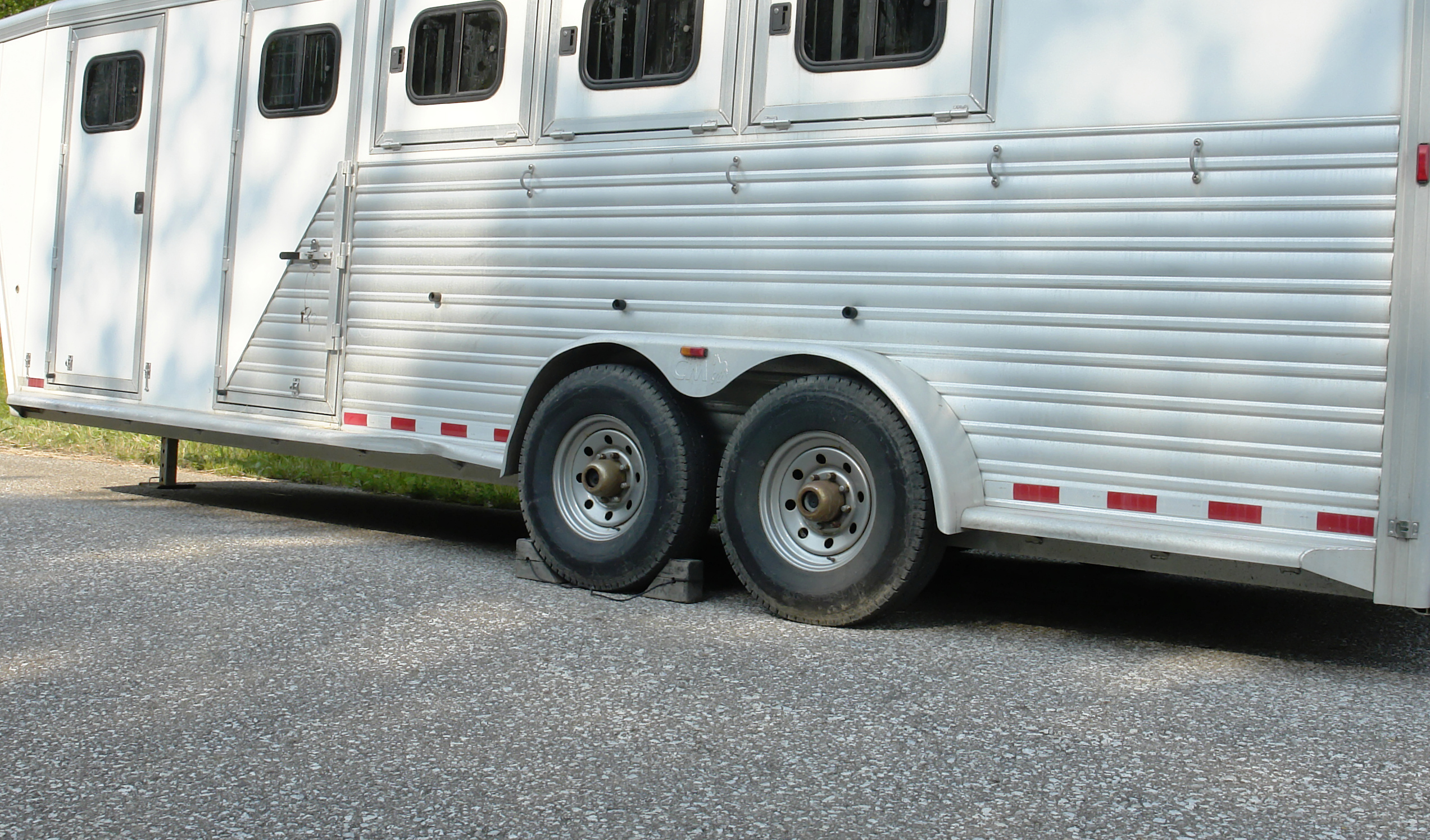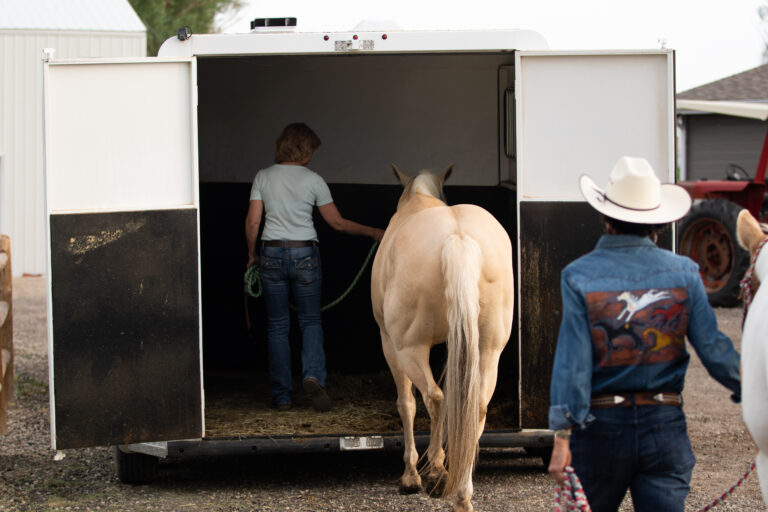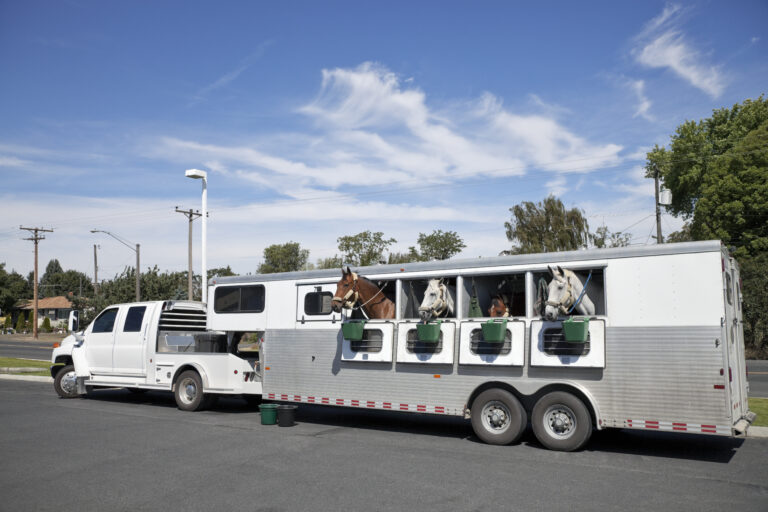When was the last time you took a really good look at the tires on your horse trailer? While air pressure is very important, it’s not the only thing that counts when it comes to tire safety. Everything you need to know about your horse trailer tires is printed on the sidewall of the tires, and knowing what all those markings mean could prevent you from having a blowout.
Tire Size and Application
Among the largest listings on the side of the tire will be a number that starts with LT or ST, such as ST235/85R16F. The LT stands for Light Truck, such as an F-150 or Chevy 3500. The ST stands for Special Trailer. Either LT tires or ST tires can be used on horse trailers, but ST tires are specifically made for towing and have some decided safety advantages.
Because LT tires are made for trucks, they are engineered to provide good mileage, proper traction and a good ride. It is the last part about the “good ride” that makes them decidedly less appropriate for use on a horse trailer. A towing vehicle (truck or car) has a sophisticated suspension with struts or shocks, torsion bars and springs. A horse trailer has a much less sophisticated suspension. As a result, trailer tires are forced to endure much more pounding when they go down the road.
ST tires have stronger sidewalls to handle this pounding. When a towing vehicle rounds a corner, the LT tire sidewall actually permits the tire on the road to flex significantly. This isn’t a problem, as the truck has a suspension that assists to compensate for this action. However, when an LT tire is on a horse trailer with a high center of gravity, this flexing action can contribute to trailer sway, a very dangerous situation, and one that will make your horses think twice about loading for the next trip.
ST tires, with their much stiffer sidewalls, will stand up straight when cornering, which is much safer for drivers and their horses. Therefore, ST tires are safer and superior to LT tires on a high-center of gravity vehicle, such as a horse trailer.
Load Range
This is the maximum weight a tire is engineered to carry when properly inflated. For example, for tires that are listed as load range F, each tire is designed to carry 3,858 pounds when properly inflated at 90 pounds per square inch of air pressure. The four tires will carry 15,432 pounds total, which is appropriate for the total weight of the trailer, four average horses, hay, water, tack and incidentals.
Tire Date of Birth
All tires manufactured since 2000 are required to have a Born On Date. Here is how to find it: Simply look for a four-digit number that will be standing all alone, such as 0612. The first two numbers are the week of the year. So a tire with “06” was made about mid February, or the sixth week of the year.
The second two numbers are the year of manufacture. So “12” means 2012 was the year it was made.
Speed
One thing to consider is that the ST tires are speed rated to only 65 mph.
Tread
Yes, tread is important on a trailer tire, so if the tires are getting thin, it’s time to replace them. But even if horse trailer tires have lots of tread left, it is the age of the tire that becomes more important. A general rule of thumb is that five years is the maximum amount of time for the service life of a tire.
When a tire becomes aged, it can cause weakening of the tire structure, and that can cause the tire to fail—such as in the case of a blowout.
For safety’s sake, inspect the tires on your horse trailer as well as your towing vehicle.











